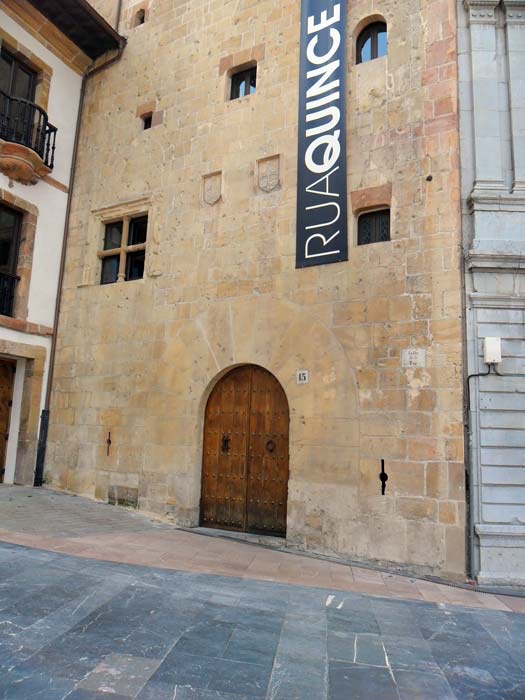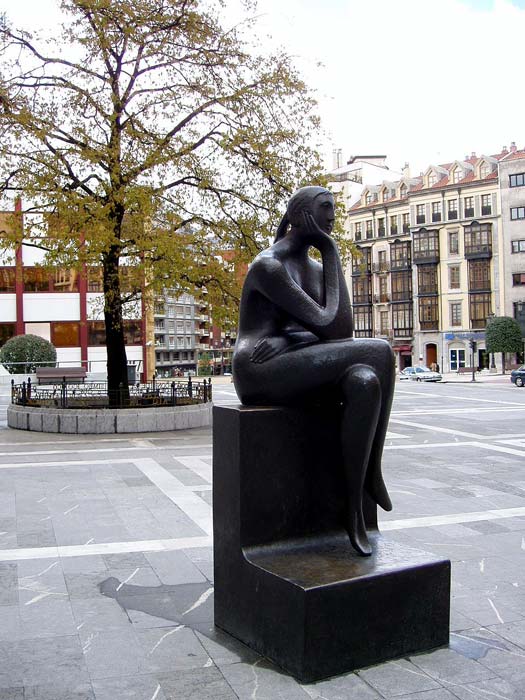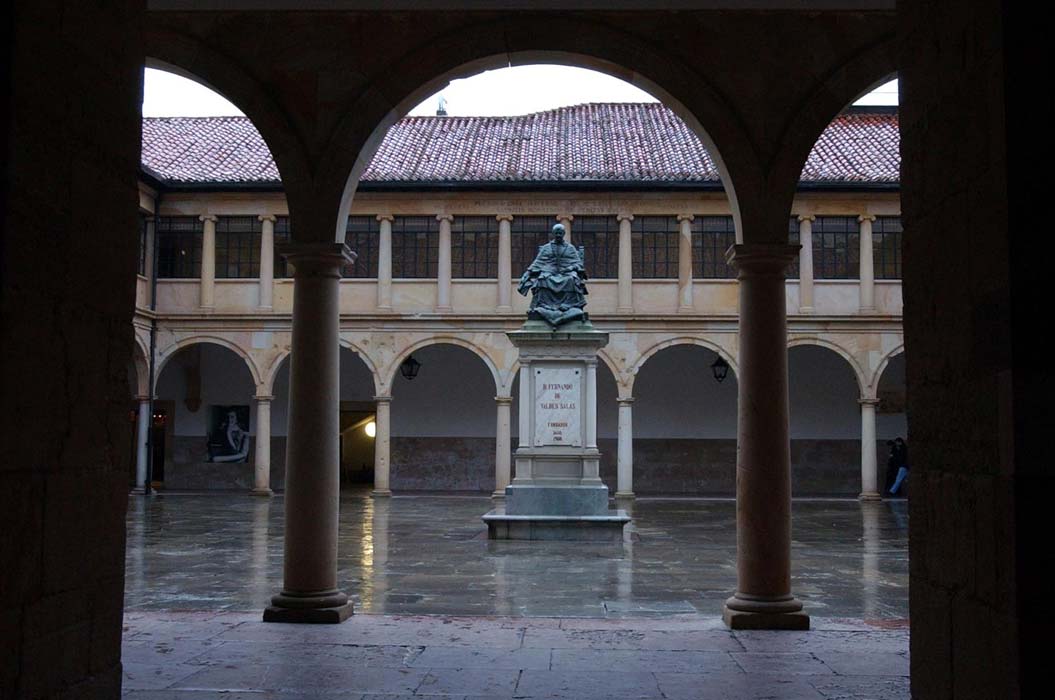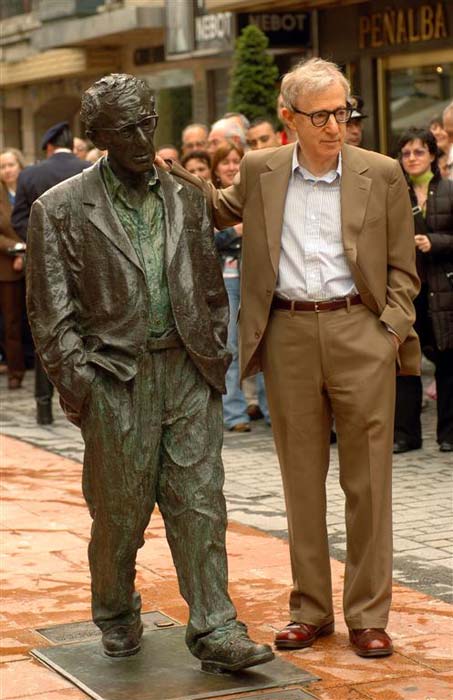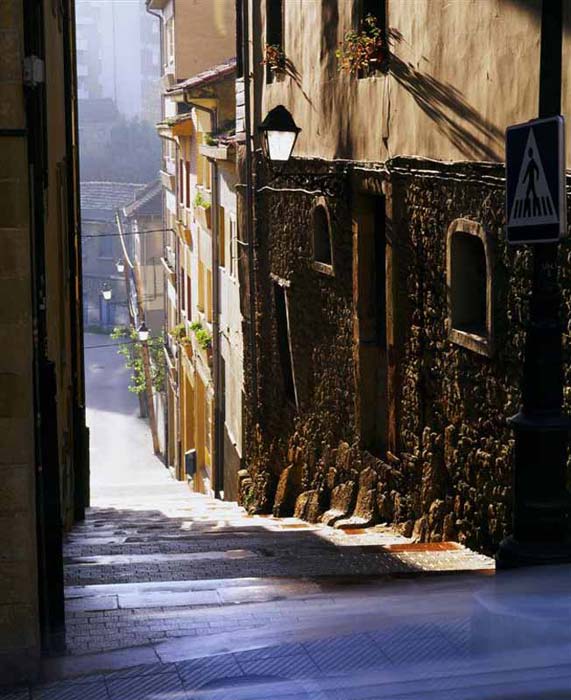
After the Ordinances of the Council in 1274, the Jews of Oviedo were required to live in the Socastiello district, alongside the Citadel and the city walls. The Jewish quarter of Oviedo occupied the area from Castillo Gate to the Socastiello New Gate. They could also live outside the walls should they so wish. It should be borne in mind that at that time the houses had already gone beyond the walled area and it is likely that some Jews had settled outside the walls as in the 15th century in the Western area there were still estates with the nickname de los judíos (of the Jews).
The Royal Castle and the Citadel in the 13th century occupied more or less the place where today the Telefónica building is located, alongside Porlier square, the Castillo Gate was on the left of the latter and the Nueva gate of Socastiello could have been either near the former San Juan street or the end of Cimadevilla street, as both gates are called Puerta Nueva (New Gate) in documents from the time. The internal limits of the Jewish quarter inside the city are harder to define.
No material remains of this Jewish quarter have been conserved. Neither have the same, narrow streets shared by Christians and Jews in the old Oviedo for centuries and the historic documentation which enables us to reconstruct and imagine the inhabitants of said Jewish community: Bartolomé Guion, notary; Beneito, moneychanger; Adan Giraldiz, Pedro Giraldiz, moneychangers; Petro Giraldiz, weaver; Petro Michaeliz, furrier; Aben Arsar, Asur Falconis, Bartolomé Alfageme, Don Symon, Annaias Tanoz and many more.



